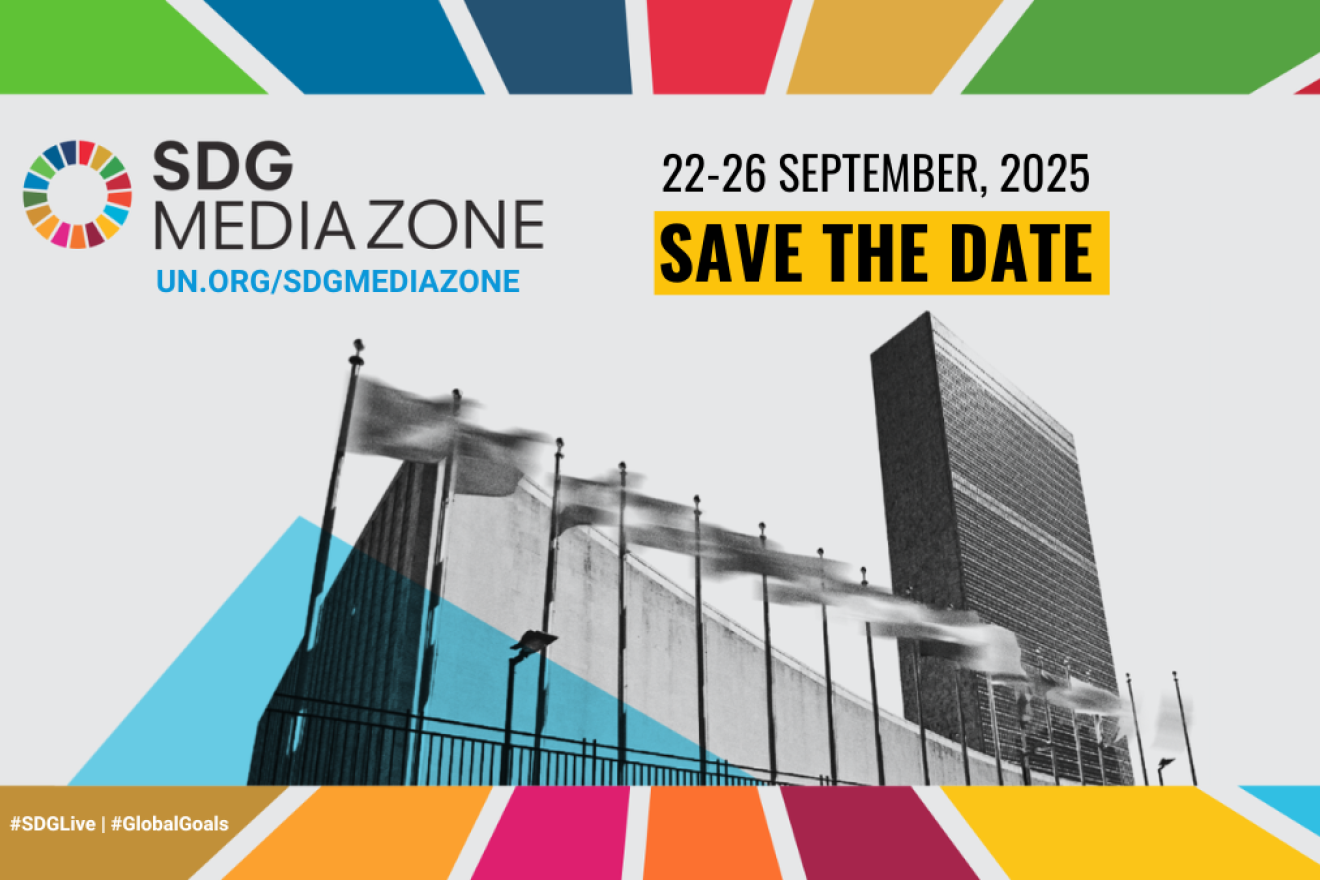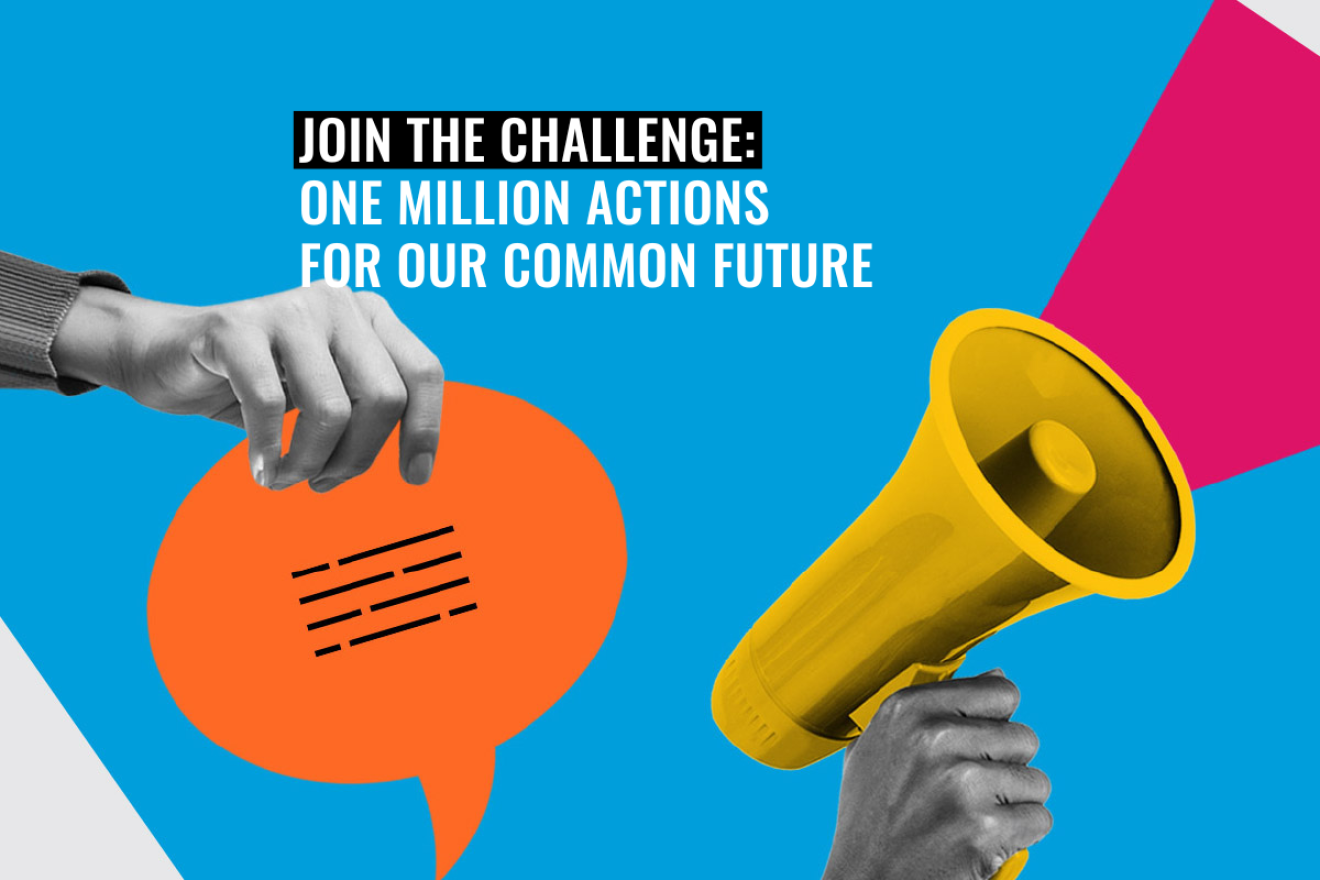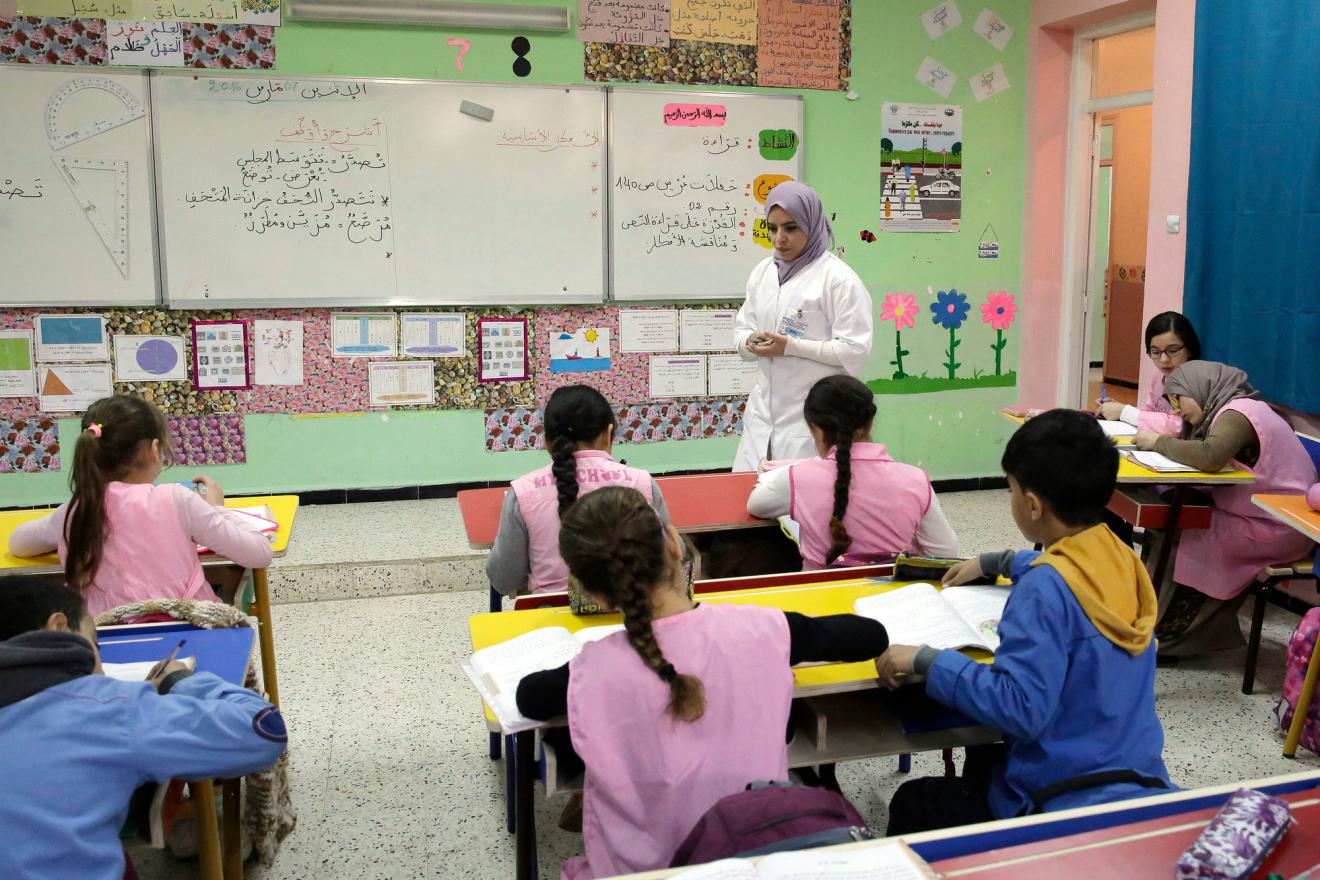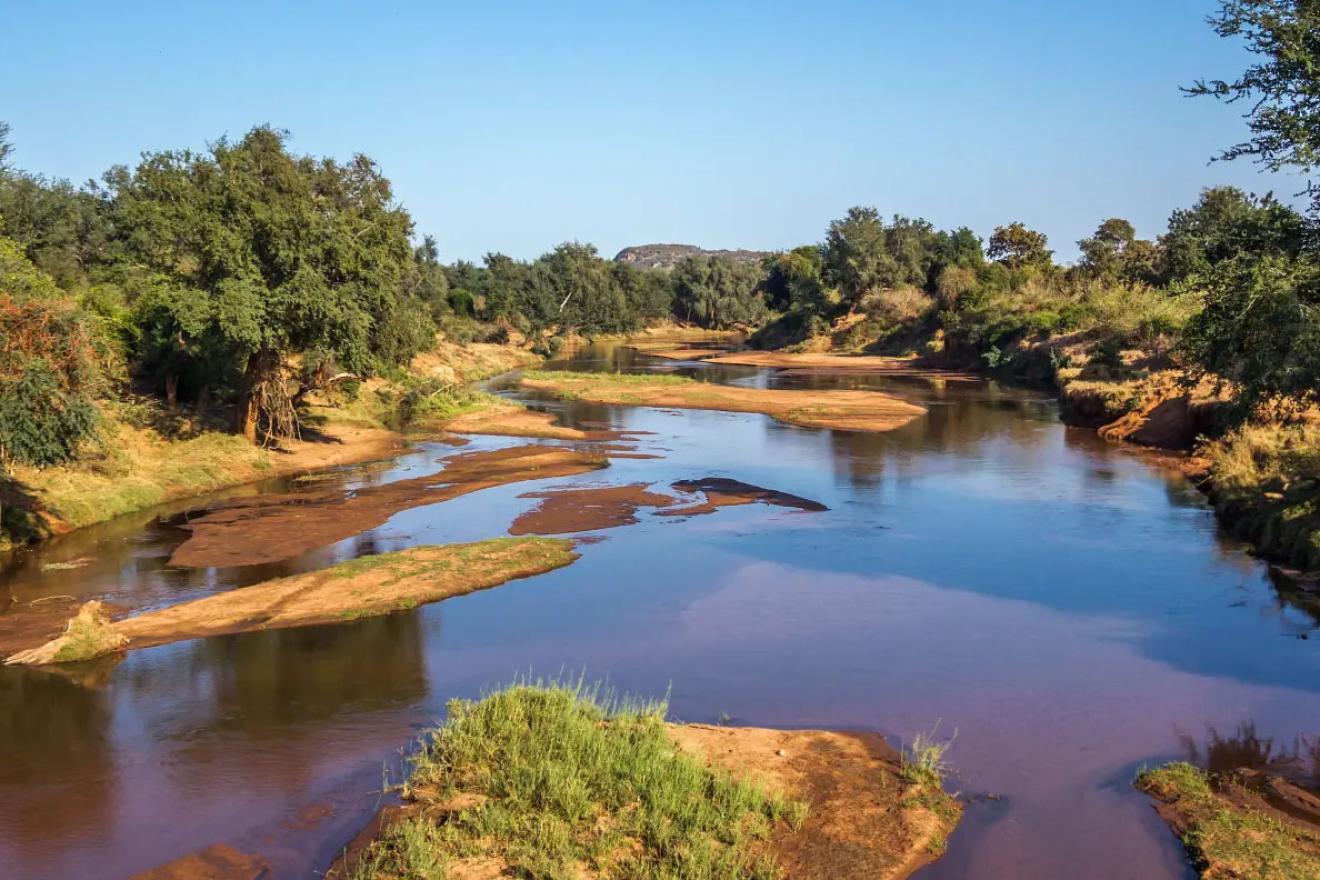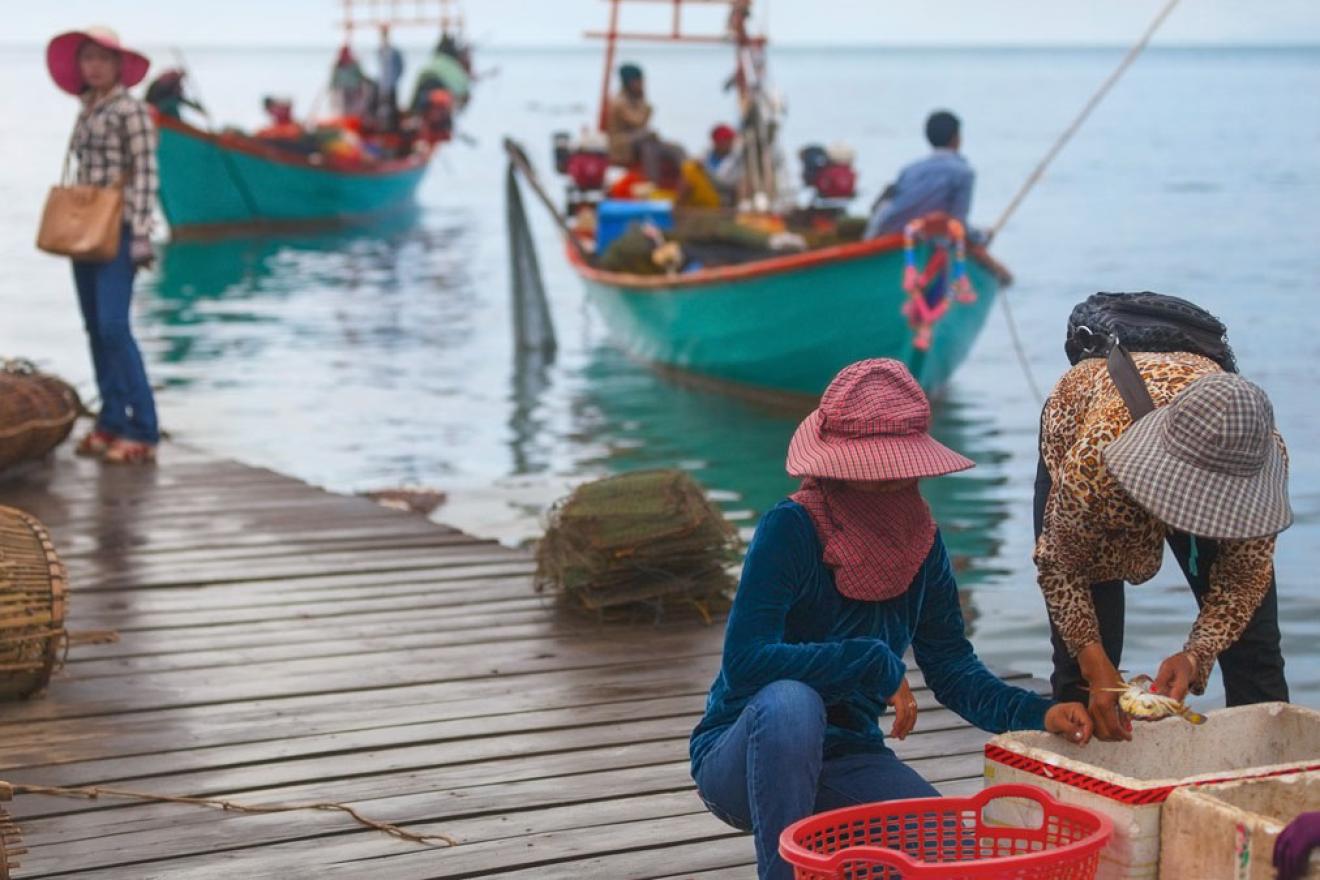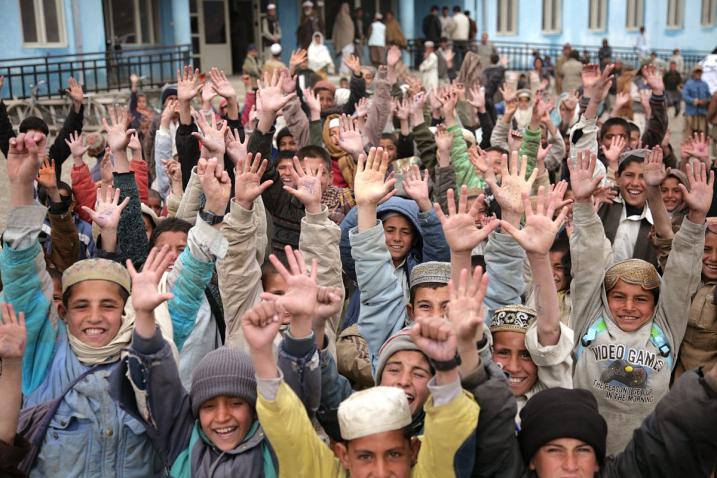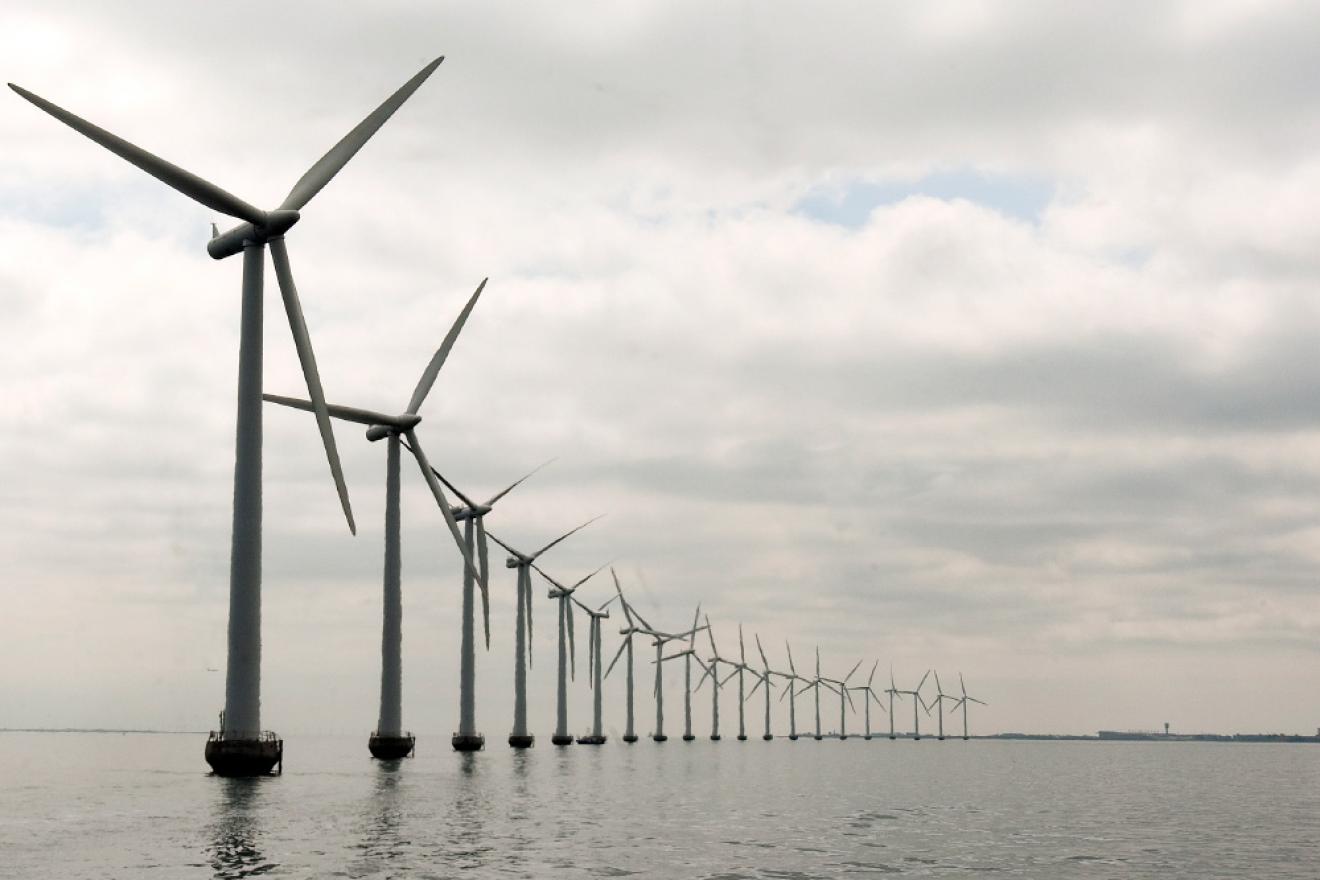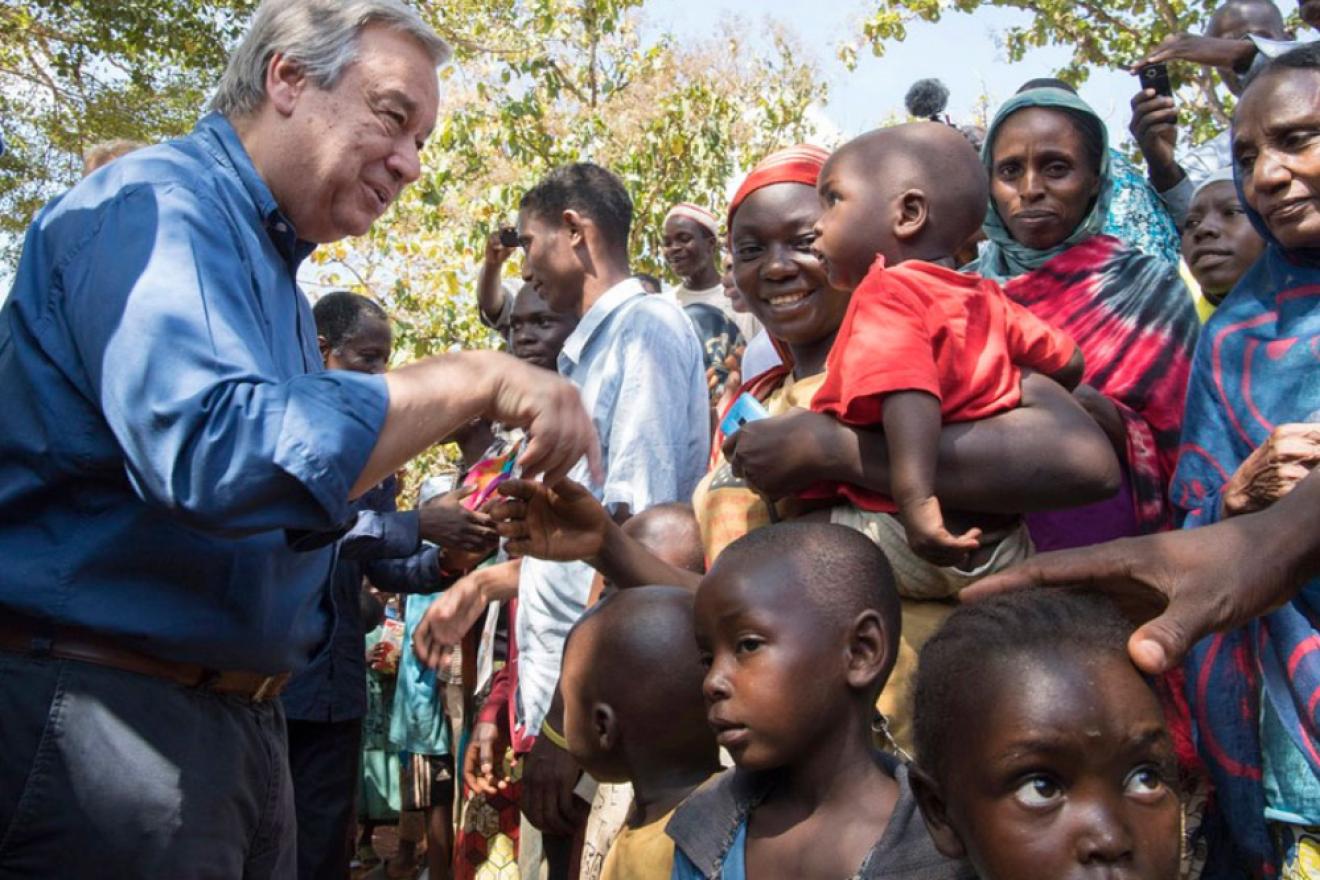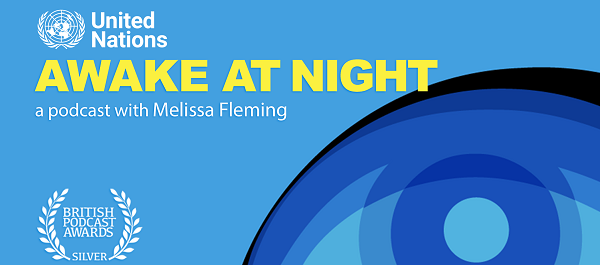Join the United Nations Department of Global Communications during the high-level week of the General Assembly's 80th session from 22-26 September and hear about the transformation and solutions needed to accelerate action on the SDGs. See the details on the SDG Media Zone UN80 programme.
Hope amid hardship: UN renews global commitment
Despite a challenging year that has tested humanity in every way, the latest Secretary-General's Report on the Work of the Organization released today highlights that progress is still achievable. Available in various formats, the report looks back on a year of headwinds and hope for humanity and demonstrates that despite enormously trying times – indeed, precisely because of them – we can and must keep pushing for the better world that we know is within reach. We will renew our efforts to achieve peace, foster sustainable development and defend and uphold human rights, for all of humanity. Read more about the report on UN News.





